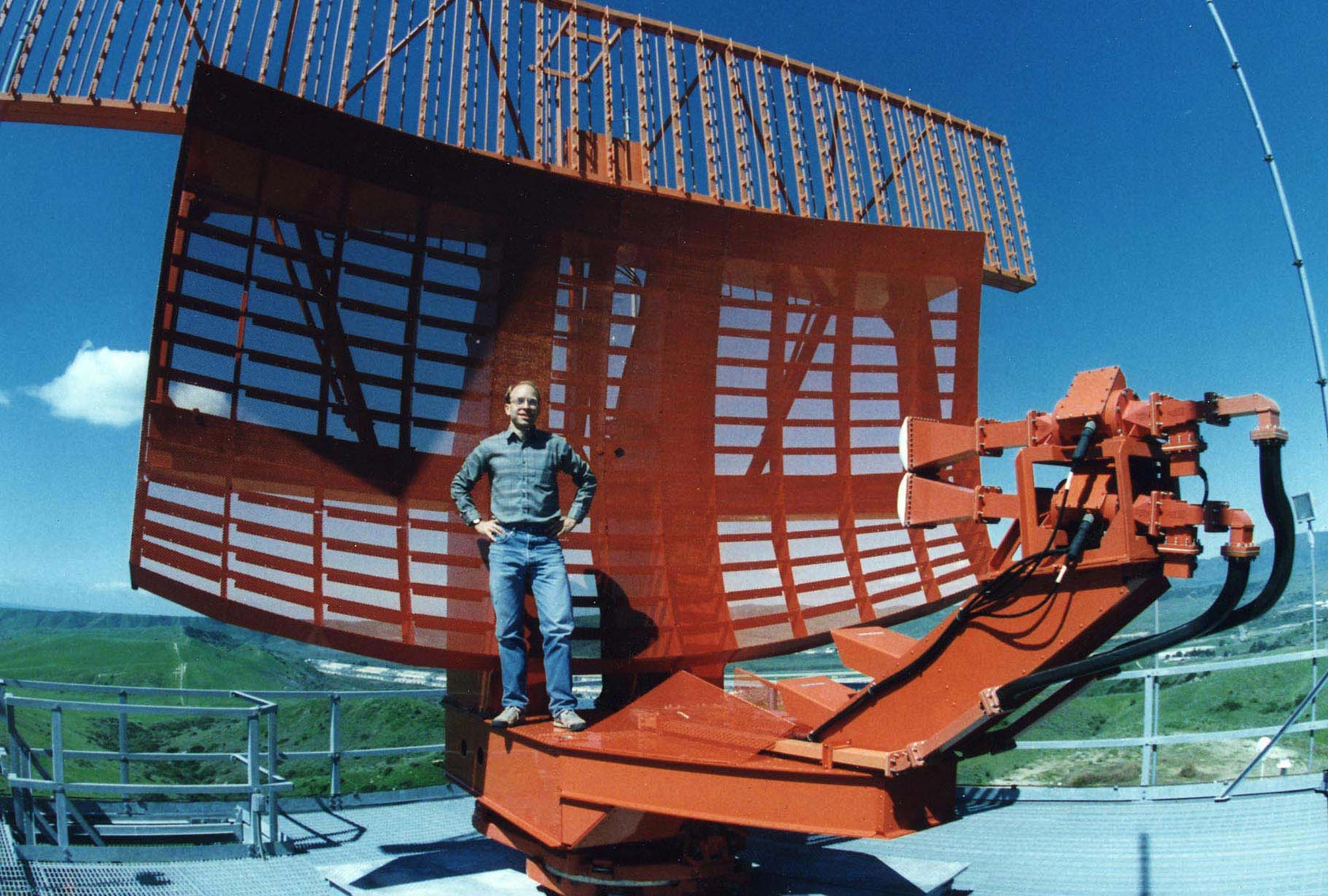This post is part of our “Spotlight on NTIA” blog series, which is highlighting the work that NTIA employees are doing to advance NTIA’s mission of promoting broadband adoption, finding spectrum to meet the growing demand for wireless technologies, and ensuring the Internet remains an engine for innovation and economic growth.

When he’s not using complex mathematical formulas to help determine how different wireless spectrum systems will interact with each other, you might find Frank Sanders sifting through a pile of dirt and rock.
Sanders, the Telecommunications Theory Division chief in NTIA’s Institute for Telecommunication Sciences in Boulder, Colo., is an amateur paleontologist who uses his summer vacations to work on dinosaur, mammoth and mastodon sites in Wyoming, Colorado and Utah. Sanders says his rather unique hobby began two decades ago when he answered a museum ad offering classes for a certificate in paleontology. The training certified him to work in lab preparation of fossils and to dig up fossils at field sites. He now works as a volunteer research associate for the Denver Museum of Nature and Science.
“I am really inherently interested in past history and especially interested in the … earth’s history and knowing what our planet used to be like,” Sanders says.
Sanders takes his hobby very seriously, authoring papers and contributing chapters to books about his paleontology work. He even appeared on an episode last year of the PBS nature series “NOVA,” which focused on a dig in Colorado aimed at unearthing fossil mammoths and other extinct beasts.
Sanders said he has even used some of the same skills he brings to his job at NTIA to his Paleontology work. He authored a chapter in a dinosaur book about the mechanics of a stegosaurus’ tail. He used some of the same mathematical formulas he uses to determine how different radio systems interact with each other to examine whether a stegosaurus could have used its tail as a defensive weapon. “The answer is yes. It would have been a very good weapon,” he says.
Outside of his job at ITS, the only paying jobs Sanders has had are as a paper boy and Ferris wheel operator at a Denver amusement park. He joined NTIA as a junior fellow while still in high school and maintained that position throughout college. After graduating from the University of Colorado with a double major in physics and electrical engineering, Sanders landed a full-time job at ITS and has remained there for three decades.
Sanders oversees the telecommunications theories division at ITS, which seeks to understand how radar and radio systems work at a mathematical level. He said what he likes most about his current job is the chance to tackle new challenges.
“Although I’ve focused on radar systems, we have worked on dozens of different systems,” he says. “I’m a problem solver.”
In addition to his paleontology hobby, Sanders also dabbles in astrophotography, which involves taking pictures of the night sky. A task, which he describes on his personal website, as “about the most demanding thing that you can do with a camera, other than (I suppose) working in a war zone.”

